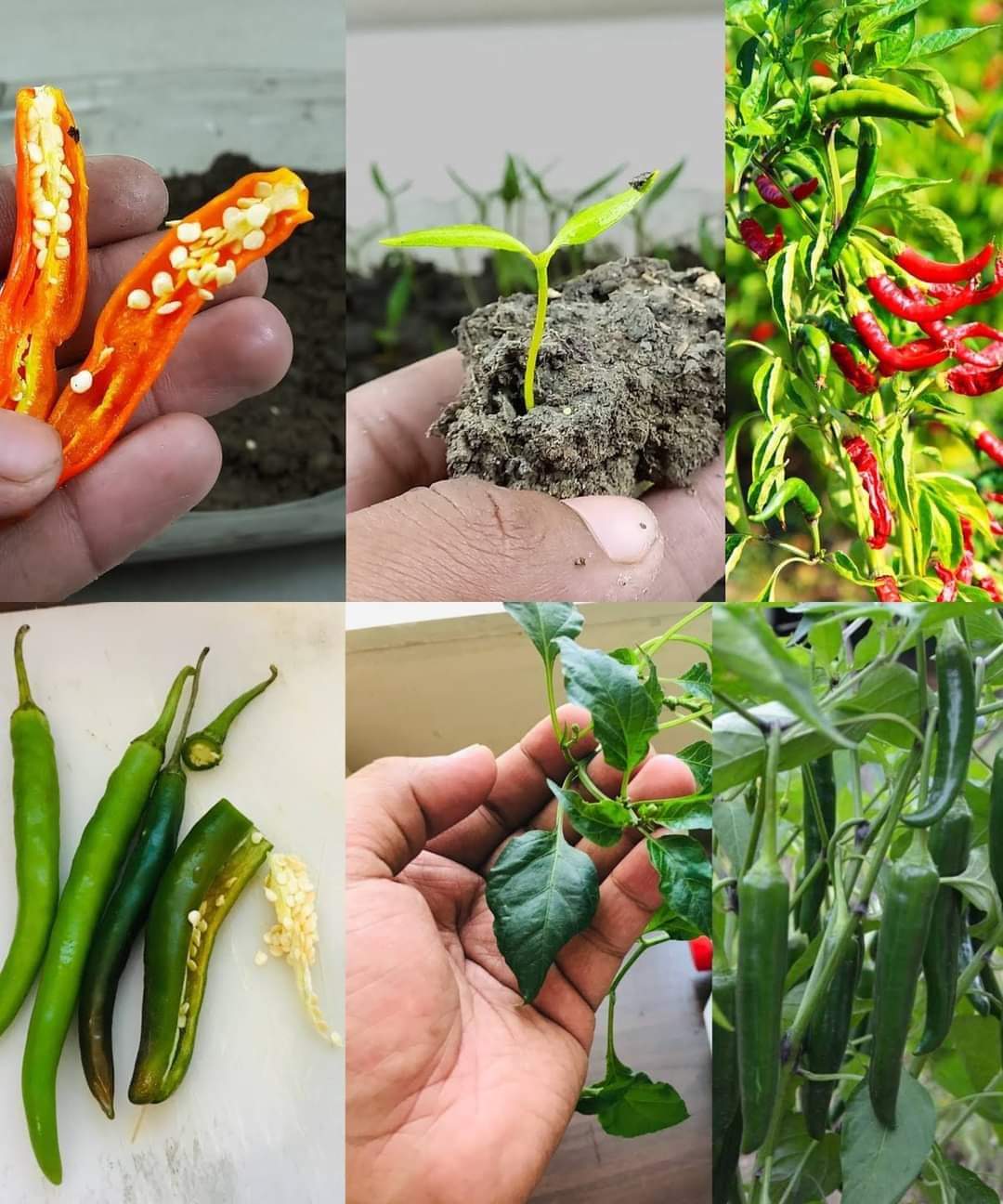Skip to content
- Starting Seeds Indoors
Timing: Start seeds 8-10 weeks before the last frost.
Preparation: Soak seeds in warm water for a few hours.
Planting: Fill trays with seed-starting mix, plant seeds 1/4 inch deep, cover lightly with soil.
Light and Warmth: Place trays in a warm spot (70-85°F) with plenty of light.
- Transplanting Seedlings
Timing: Transplant after the last frost when temperatures are above 60°F.
Soil Preparation: Choose a sunny spot, enrich soil with compost.
Planting: Space plants 18-24 inches apart, water well.
- Watering and Feeding
Moisture: Keep soil consistently moist but not waterlogged.
Fertilizer: Feed with balanced organic fertilizer every 3-4 weeks.
- Mulching and Weeding
Mulching: Apply organic mulch to conserve moisture and suppress weeds.
Weeding: Remove weeds regularly by hand.
- Supporting Plants
Staking: Use stakes or tomato cages to support plants.
Pruning: Remove yellowing leaves, prune excess foliage.
- Pest and Disease Management
Pest Control: Use neem oil or insecticidal soap for pests like aphids and whiteflies.
Disease Prevention: Ensure good air circulation, avoid overhead watering.
- Harvesting Peppers
Timing: Harvest when peppers reach desired size and color.
Cutting: Use scissors or pruning shears, leave a small stem attached.
- Saving Seeds
Collection: Select mature peppers, remove seeds.
Drying: Spread seeds on paper towel, dry completely.
Storage: Store in a cool, dark place in an airtight container.
Tips for Success
Rotation and Companion Planting: Rotate crops to prevent soil depletion, plant with basil or marigolds to deter pests.
Continuous Planting: Start new seeds every few weeks.
Observation: Regularly check for pests and diseases, adjust care as needed.
By following these steps and using organic practices, you can enjoy a continuous supply of fresh chili peppers from your home garden.
We use cookies to ensure that we give you the best experience on our website. If you continue to use this site we will assume that you are happy with it.Ok
